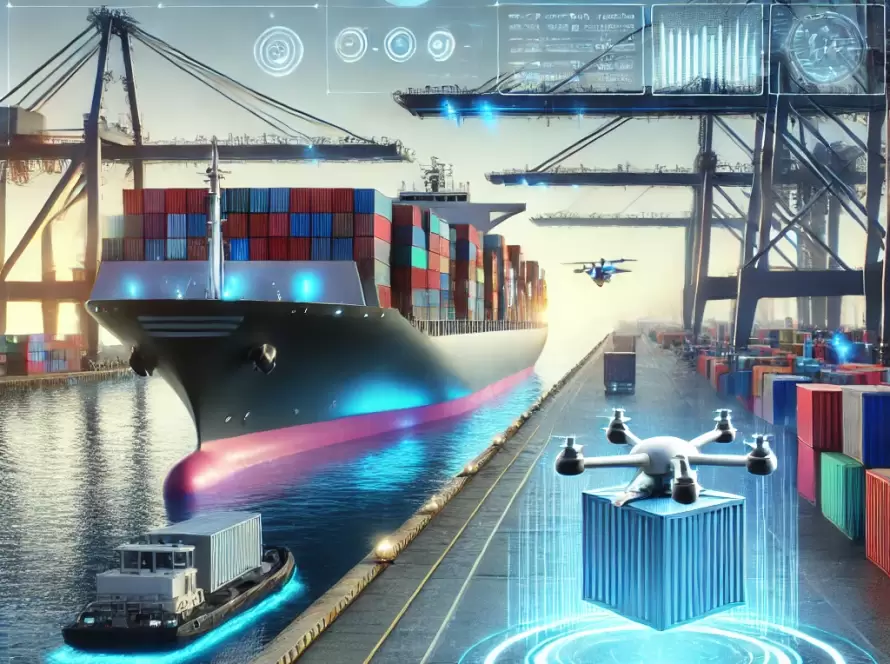How to Hire a Vehicle Driver for Emergency Cases
In emergency situations, securing a reliable and skilled vehicle driver is critical to ensure timely and safe transportation. Whether you’re managing urgent deliveries, medical emergencies, or last-minute logistics needs, hiring the right driver can make all the difference. Here’s a guide to help you navigate this process effectively.
1. Define Your Immediate Needs
Start by identifying the specifics of your emergency.
- What type of vehicle is required (e.g., truck, van, or car)?
- Is specialized training, such as handling hazardous materials or medical transport, necessary?
- What is the estimated time and distance for the trip?
Clearly outlining these needs ensures you target drivers with the right skills and experience.
2. Use Trusted Platforms or Agencies
For emergency hires, rely on reputable driver recruitment platforms, apps, or agencies that specialize in connecting drivers with businesses. These services often have pre-vetted drivers available for immediate deployment, saving you valuable time.
3. Verify Credentials Quickly
Even in emergencies, it’s crucial to confirm that the driver is qualified.
- Check for a valid driver’s license appropriate for the vehicle type.
- Confirm additional certifications, such as for commercial vehicles or hazardous materials if applicable.
- Ask for references or reviews if time permits, ensuring reliability and trustworthiness.
4. Look for Local Availability
For emergencies, prioritize drivers located close to the pickup location. This minimizes delays and ensures a faster response time. Apps and services often have GPS-enabled features to locate nearby drivers in real time.
5. Prioritize Communication Skills
A driver’s ability to communicate effectively is vital during emergencies. Ensure the driver can follow instructions, navigate routes efficiently, and provide updates throughout the trip. This helps avoid misunderstandings and ensures smoother coordination.
6. Evaluate Safety and Reliability
In high-stakes situations, safety is non-negotiable. Choose a driver with a strong safety record and a reputation for punctuality. Agencies and platforms typically provide safety ratings and past performance metrics to assist in decision-making.
7. Discuss Payment and Terms Clearly
Establish payment terms upfront to avoid confusion. For emergency cases, drivers may charge premium rates, so ensure the cost aligns with the urgency and distance of the task.
8. Use Technology for Tracking and Updates
Leverage GPS tracking systems or apps to monitor the driver’s progress in real time. This ensures transparency and allows for proactive communication in case of unexpected delays or route changes.
9. Build a Network for Future Emergencies
After handling the immediate need, consider creating a roster of reliable drivers or agencies you can contact for future emergencies. This saves time and provides peace of mind when the next urgent situation arises.
Hiring a vehicle driver for emergency cases requires swift action, but it’s essential to maintain a balance between speed and due diligence. By defining your needs, using trusted resources, and verifying credentials, you can secure a driver who meets your requirements and ensures the safety and efficiency of your emergency transportation needs.
“In emergencies, the right driver isn’t just a solution—it’s the key to turning urgency into action.” – Kevin Smith, Logistics Expert


“In urgent situations, a skilled and reliable driver transforms critical moments into successful outcomes.”



